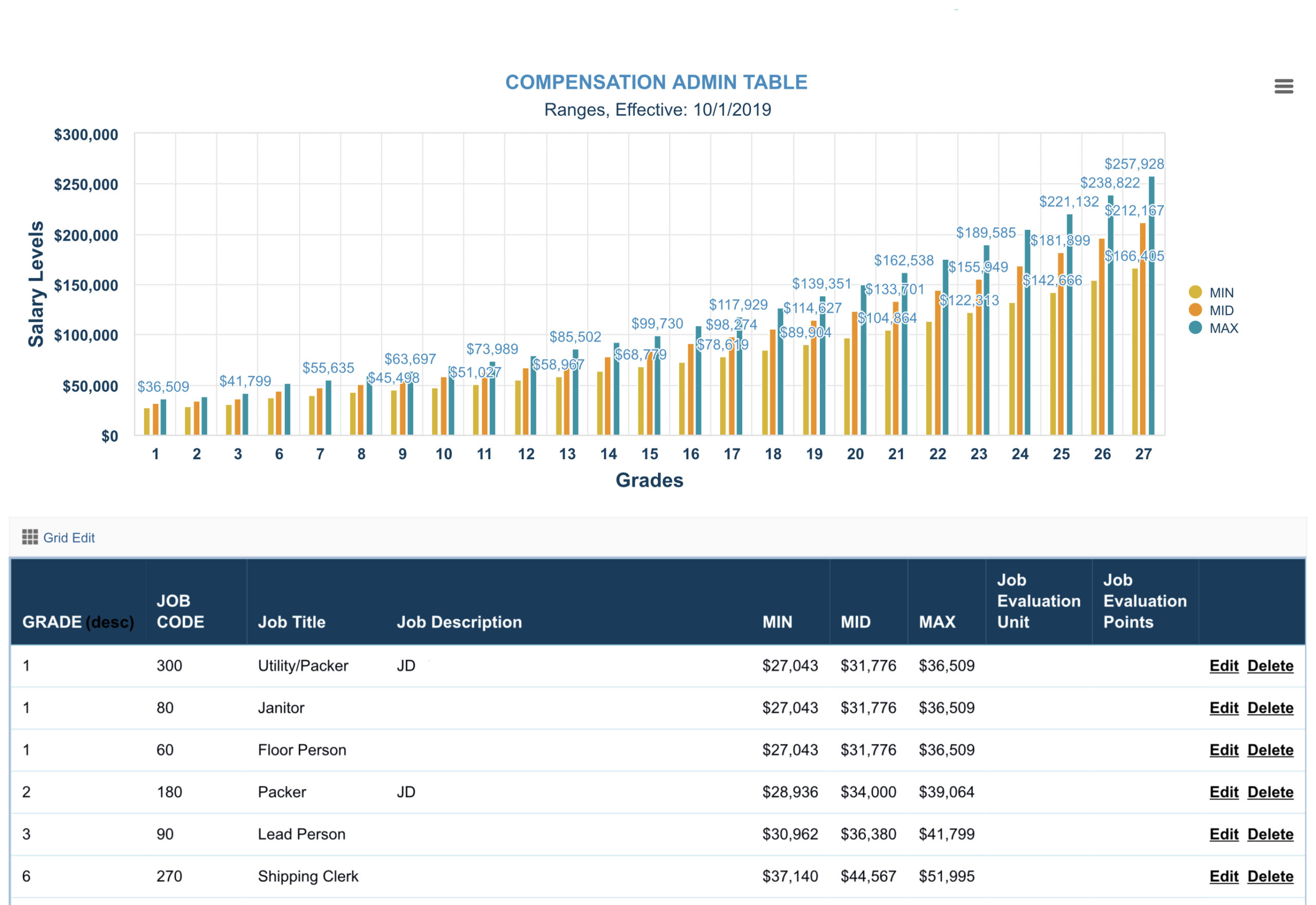The Power of Incentives: How Bonus and Incentive Plans Propel Companies to Success While Controlling Payroll Costs
How to Develop Bonus and Incentives Plans that Get Results
A common denominator in companies that excel is comprehensive and impactful incentive and bonus plans that drive the organization’s growth and achievement of critical goals. A well-designed program can motivate employees, improve performance, and fuel organizational growth. In addition to their impact on success, bonus and incentive plan also serves as a great way to control payroll costs. In this article, we will delve into the top five reasons why US companies with bonus and incentive plans are far more likely to succeed than those without while effectively managing their payroll costs.
Performance-Based Compensation

Bonus and incentive plans provide a performance-based compensation structure that links rewards directly to individual or team achievements. This approach allows companies to reward high performers while ensuring that compensation aligns with the value created. By incorporating performance metrics and targets into incentive plans, organizations can control payroll costs by rewarding top performers who contribute significantly to the company’s success.
Cost-Effective Retention Strategy
Employee turnover can be a significant drain on an organization’s financial resources. According to a 2022 study by Keep Financial, 86% of employees would stay at the company for a period of time in exchange for a cash bonus. Bonus and incentive plans offer a cost-effective retention strategy by providing rewards and recognition to high-performing employees. By motivating and engaging employees through these programs, companies can reduce turnover rates and the associated costs of recruitment, training, and lost productivity.

Variable Compensation Structure

Unlike fixed salaries or traditional pay scales, bonus and incentive plans introduce a variable compensation structure that allows for flexibility in payroll costs. These plans can be designed to align with the company’s financial performance, ensuring that compensation expenses are directly tied to business results. During periods of economic downturn or financial constraints, companies can adjust the bonus and incentive payouts to control payroll costs without sacrificing employees’ overall motivation and performance. To best measure and calibrate a plan, companies should consider four key plan design principles:
1. Ensure accurate measurement
Align payout curves with organizational expectations and ensure that incentives for performance are aligned with accurate measures of financial results. Objectives, in addition to financial goals, can be qualitative in nature. For example, building customer loyalty, raising quality objectives, or elevating employee morale, can be key organizational goals.
2. Balance short-term and long-term incentives
Determine the proper mix of short-term and long-term incentives. Short-term incentives are usually aligned to annual revenue or profit objectives; long-term incentives, on the other hand, are generally linked to added shareholder value over a longer period of time.
3. Promote compliance
Plans must be designed to maximize tax benefits for the company (and its employees) and do not violate any IRS rules. This applies not only to public companies but also to private companies. Investors and/or company owners are demanding greater accountability on incentive plans and how they are aligned to value creation.
4. Keep the plan workable
Simplifying compensation plans is crucial to ensure their effectiveness, as overly complex plans can be incomprehensible for participants. The key is to maintain simplicity in goal setting, award calculation, and the number of metrics involved. Ideally, limiting the metrics driving awards to three to five is advisable.
Cost Containment through Goal Setting
Bonus and incentive plans enable companies to define specific goals and targets that align with the organization’s strategic objectives. By setting ambitious yet attainable goals, companies can channel employees’ efforts toward driving performance and achieving desired outcomes. This goal-oriented approach helps control payroll costs by allocating incentives to individuals or teams who meet or exceed predetermined benchmarks. It allows companies to focus on rewarding exceptional performance rather than providing across-the-board salary increases.

Return on Investment (ROI)

Bonus and incentive plans can be seen as an investment in driving employee performance and organizational success. When properly designed and implemented, these programs yield a positive return on investment. A study published in the Journal of Labor Economics found that incentive pay significantly increased productivity, with the average return on investment ranging from 30% to 50%. By strategically allocating resources to reward high performers, companies can control payroll costs while reaping the financial benefits of improved productivity and business outcomes.
Calibrate Budget and Payouts
When setting bonus levels, consider the 80/20 ratio: Set your payout at a level where only 20 employees reach no more than 80% of the payout. If more than 20% of employees get more than 80% of the projected payout, your goal is too low. Ideally, the rule is that the bonus budget should payout only 60% of the targetted goal.
Set Realistic Bonus Levels
In deciding the amount of a bonus, one should consider budgets, payout, number of employees in the plan, objectives, ROI, and the total cost at the end of the plan year. Additionally, the payout must be attractive enough to be meaningful to employees. Although there are a variety of plan models, the typical bonus amounts, expressed as a base of regular pay, are as follows:
Conclusion: In addition to their impact on motivating employees and driving organizational success, bonus, and incentive plans offer companies an effective way to control payroll costs. These programs provide a performance-based compensation structure, act as a cost-effective retention strategy, introduce variable compensation, allow for cost containment through goal setting, and offer a positive return on investment. By leveraging the power of incentives, companies can strike a balance between rewarding exceptional performance and managing payroll costs, ultimately propelling their success in the competitive business landscape.













